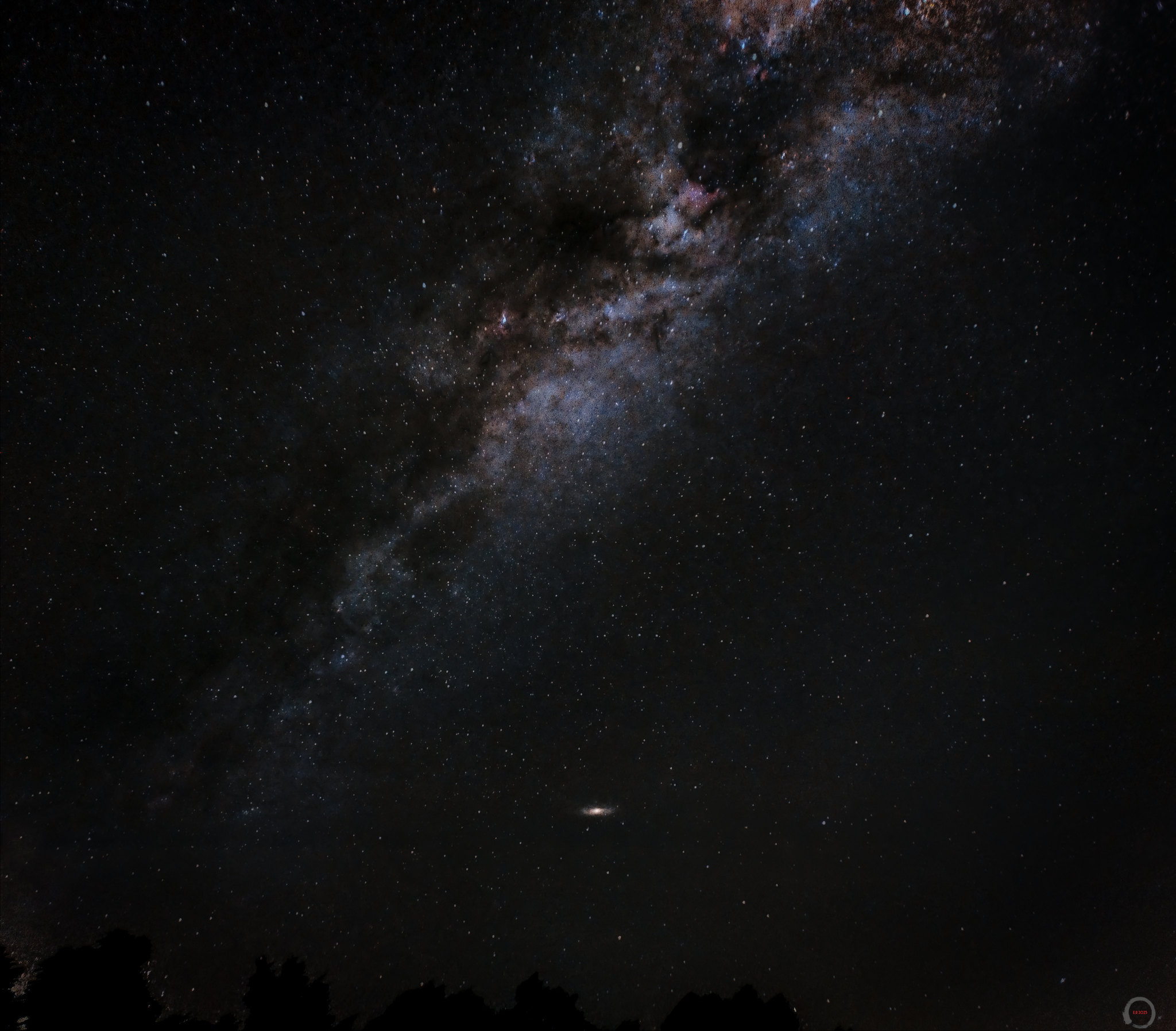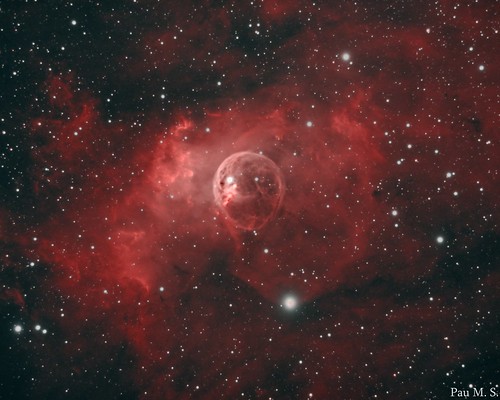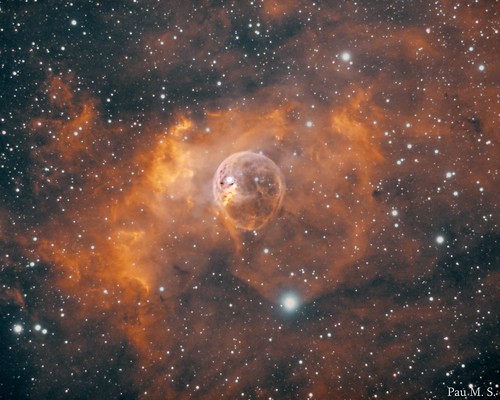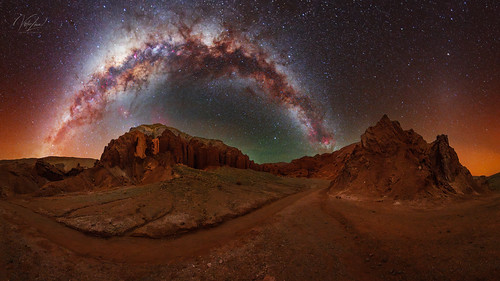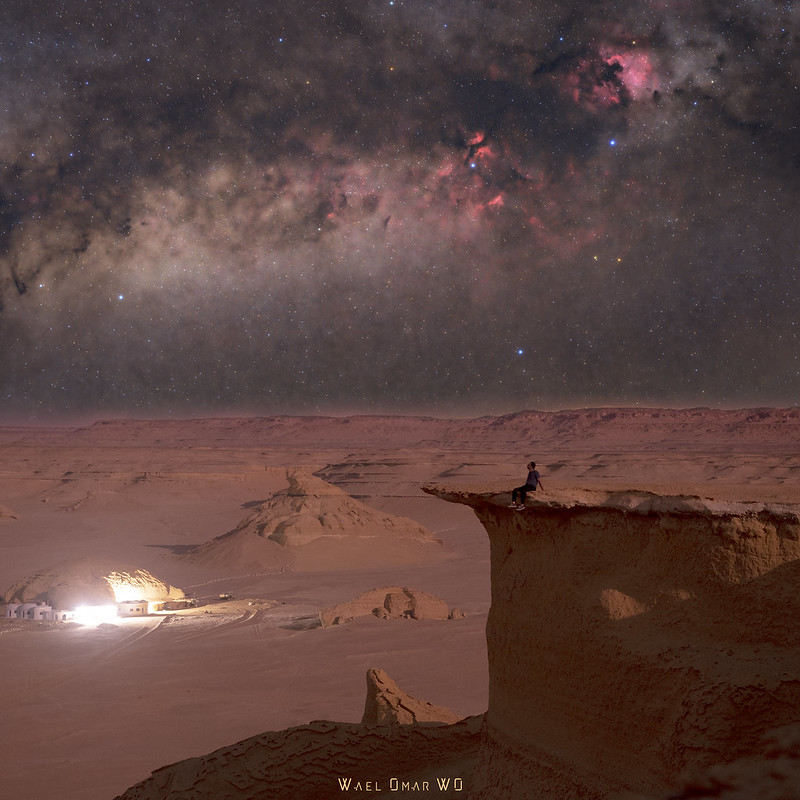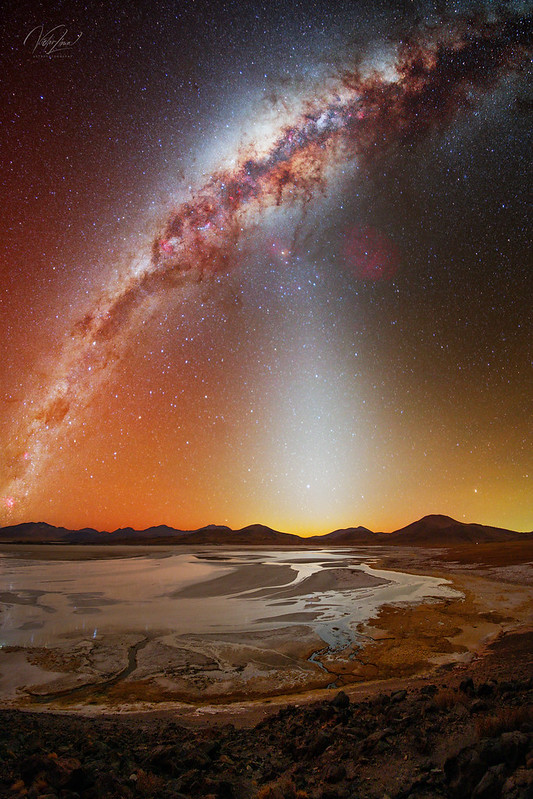Little Dumbbell Nebula
Approximately 2500 light-years from our planet, a dying star disperses a shell of gas around itself, creating a nebula with a distinctive double-lobe structure.
M76 is one of the few planetary nebulae listed in the Messier catalog and is located in the Perseus constellation. Its modest apparent size and not very high magnitude, although concentrated, do not make it a particularly bright and easy-to-observe cosmic object.
Also known by various imaginative names, from Cork Nebula to Barbell Nebula, the Little Dumbbell Nebula does not exceed 3 arcminutes in its brightest central part, while traces of the older and more diffuse outer zones can still be captured through astrophotography.
In fact, it's easy to see much more than what you notice in this photograph. This image was created over three nights, one for H-Alpha emission, one for oxygen (OIII), and a third for R, G, and B captures. Therefore, the result can be easily improved from here, with the same sky and equipment, by simply integrating more data and adding many hours of luminance, which are completely missing here.
It was supposed to be just a "first round" for the new setup equipped with Player One instruments, especially testing the newly installed motorized wheel. However, from a simple test, I became passionate about the amount of information I was obtaining about this small cosmic object.
I want to return to photograph it soon, perhaps by adding to this initial result. In fact, this is an object that will be moderately higher in the night sky in about a month or so, so there will be plenty of opportunities to integrate data already this year.
From 9 to 12 september 2023
Sky-Watcher 300/1200 su EQ8
Player One Poseidon-M Pro and Phoenix Filter Wheel
42x600'' Ha 3nm, 45x600'' Oiii 3nm, 40+40+40x180'' R, G, B.
Developed with PixInsight and Photoshop 2023
Facebook:
https://www.facebook.com/lucafornaciariphotography
IG : luca_fornaciari_photography
Website:
www.lucafornaciarifotografia.com
Luca Fornaciari
